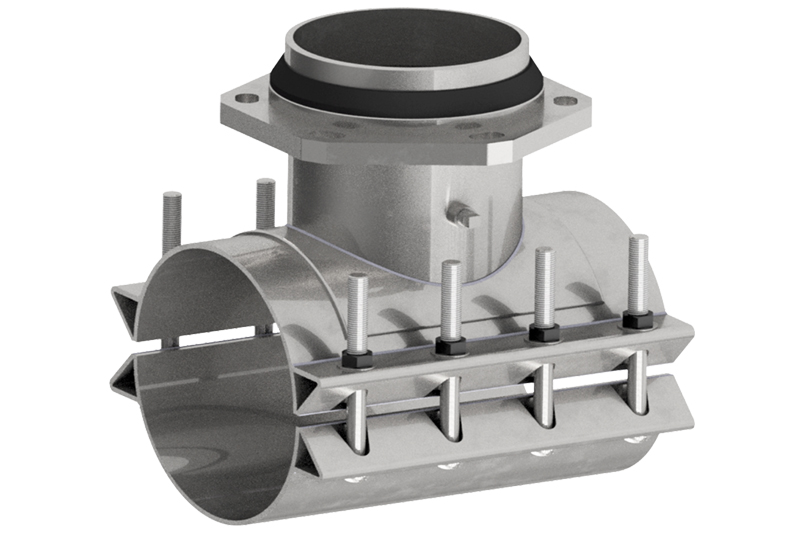
Mechanical joint fittings are indispensable components used in various industries to create secure and reliable connections between pipes, tubes, or other components. In this comprehensive article, we will delve into the world of mechanical joint fittings, exploring their functionality, advantages, and diverse applications. Join us as we unlock the power and potential of these essential fittings.
- Understanding Mechanical Joint Fittings:
Mechanical joint fittings are engineered to establish robust connections between components in a wide range of systems. Unlike other types of fittings, such as soldered or glued joints, mechanical joint fittings rely on physical mechanisms to create a strong bond. These fittings typically consist of two main parts: the male end and the female end, which are designed to interlock securely. - The Mechanics Behind Mechanical Joint Fittings:
Mechanical joint fittings utilize threaded connections to achieve a tight and leak-proof seal. The male end features external threads, while the female end has internal threads that match the male threads. When the two ends are joined together and tightened, the threads interlock, creating a secure connection. This threaded design allows for easy assembly and disassembly without the need for specialized tools. - Gaskets: The Guardians of Leak-Free Joints:
Gaskets play a vital role in mechanical joint fittings by providing a seal between the male and female ends. These gaskets are typically made of rubber or other flexible materials that can withstand pressure, temperature variations, and chemical exposure. When the fittings are tightened, the gasket compresses, creating a tight seal that prevents leakage and ensures the joint remains secure. - Advantages of Mechanical Joint Fittings:
Mechanical joint fittings offer several advantages that make them a preferred choice in many industries. Firstly, their threaded design allows for quick and easy installation, saving time and effort. Secondly, the ability to disassemble and reassemble the fittings facilitates maintenance, repairs, or modifications without the need for extensive rework. Additionally, mechanical joint fittings provide excellent resistance to vibration, ensuring the joint remains intact even in demanding environments. - Applications of Mechanical Joint Fittings:
Mechanical joint fittings find extensive applications across various industries. In plumbing systems, these fittings are commonly used to connect pipes, ensuring reliable water supply and drainage. They are also prevalent in HVAC systems, where they enable the efficient flow of air and maintain optimal temperature control. Furthermore, mechanical joint fittings are utilized in industrial settings, such as oil and gas pipelines, water treatment plants, and manufacturing facilities, where secure connections are vital for smooth operations.
Conclusion:
Mechanical joint fittings are essential components that enable secure and reliable connections in numerous industries. Their threaded design, coupled with the use of gaskets, ensures leak-free joints and facilitates easy installation and maintenance. With their versatility and robustness, mechanical joint fittings have become a cornerstone of various systems, from residential plumbing to large-scale industrial applications. By understanding the functionality and applications of these fittings, professionals can harness their power to create efficient and dependable systems.